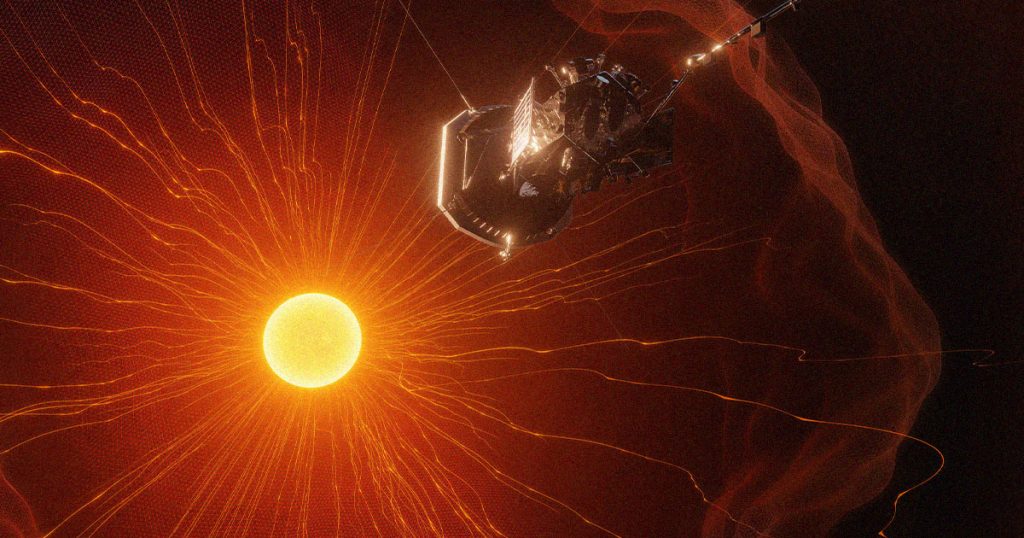NASA said that its Parker Solar Probe had ‘touched’ the Sun for the first time in history, in what may be considered a momentous event. They used Instagram to post a detailed account of the occurrence.

“We’ve touched the Sun! For the first time in history, a spacecraft has entered the solar corona—the point in the Sun’s atmosphere where its magnetism and gravity are strong enough to stop solar material from escaping. Our Parker Solar Probe, launched in 2018, first swooped through the Sun’s corona for a short period earlier this year,” NASA’s post read.
The probe acquired a sequence of photographs during its remarkable feat, which scientists stitched together to create a beautiful video of the Milky Way coming out from behind a rush of particles. It must have been quite a sight as the Solar Probe went through a feature of the Sun’s atmosphere called pseudostreamer, which are massive ribbon-like formations observed amid solar eclipses.
“Passing through the pseudostreamer was like flying into the eye of a storm,” reads NASA’s statement. “Inside the pseudostreamer, the conditions quieted, particles slowed, and the number of switchbacks dropped — a dramatic change from the busy barrage of particles the spacecraft usually encounters in the solar wind.”
“We see evidence of being in the corona from magnetic field data, solar wind data, and visually in white-light images,” said Nour Raouafi, the Parker Solar Probe project scientist at the Johns Hopkins Applied Physics Laboratory, in the statement.

At over 142 kilometers per second, the probe traveled into the Sun’s atmosphere. As a result, it experienced the same materials that make up the Sun and will aid scientists in learning more about our nearest star and its impact on the solar system, much like landing on the Moon allowed scientists to learn more about how it was formed.
“Parker Solar Probe’s journey through the corona is already helping astrophysicists understand the origins of unusual zig-zags found in the solar wind that flows past Earth and planets beyond. Parker has already made ten fly-bys of the Sun and will continue to swirl ever-closer as it collects data over the next four years,” NASA added.


